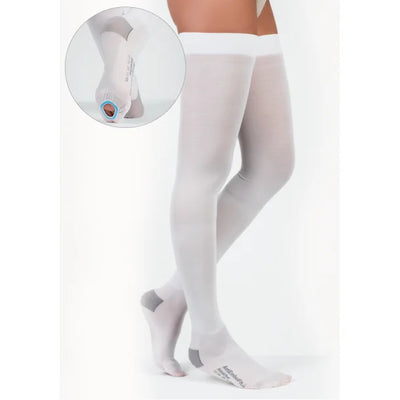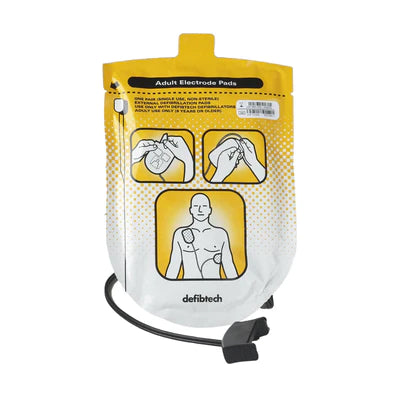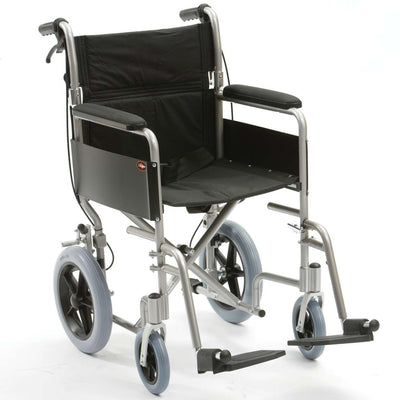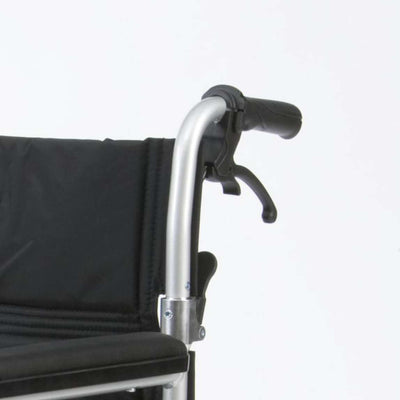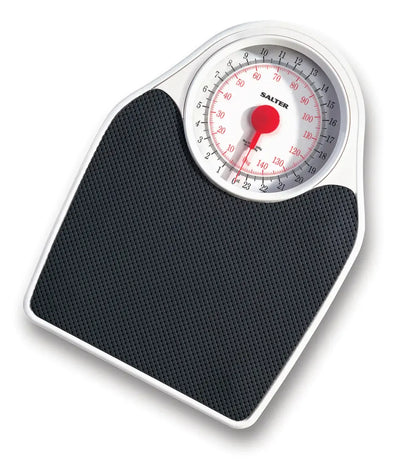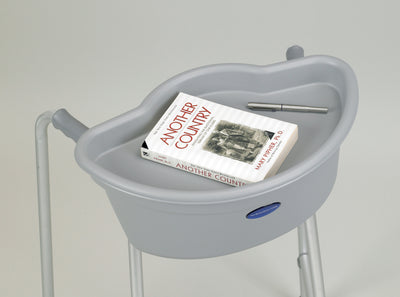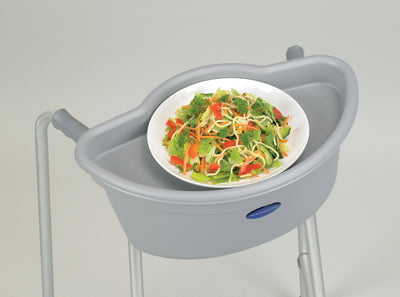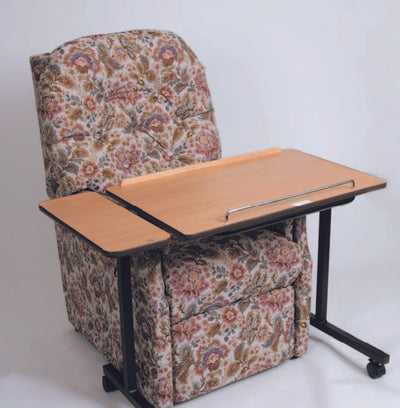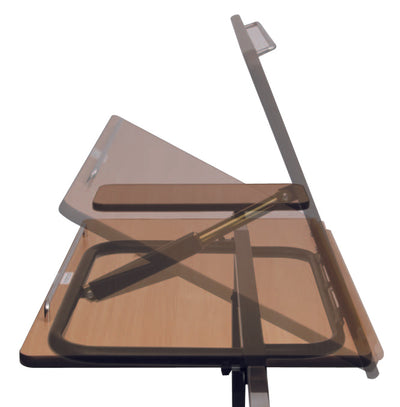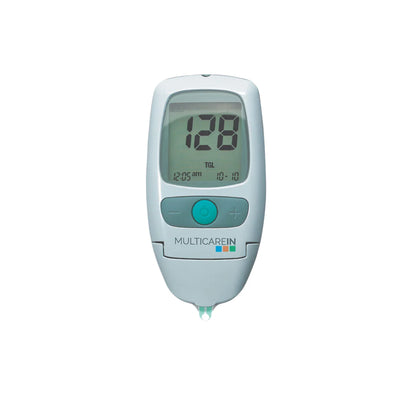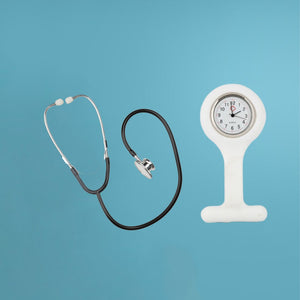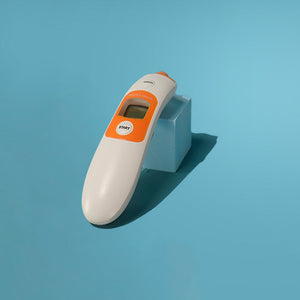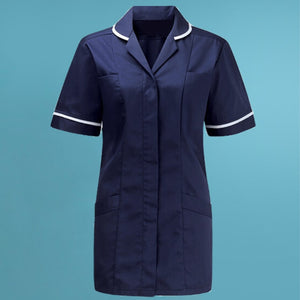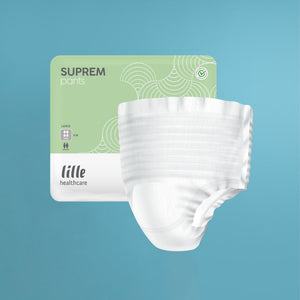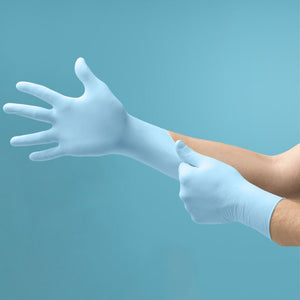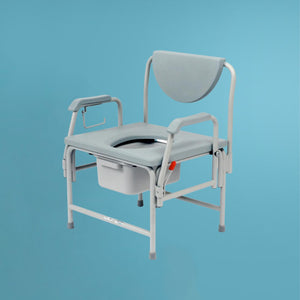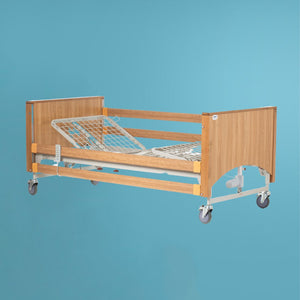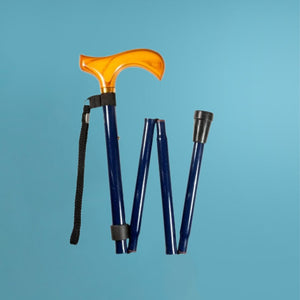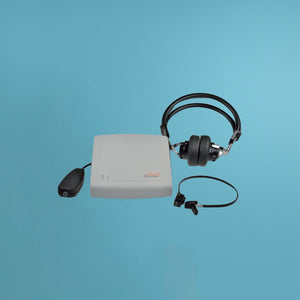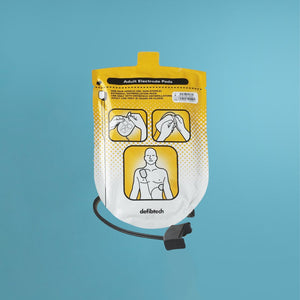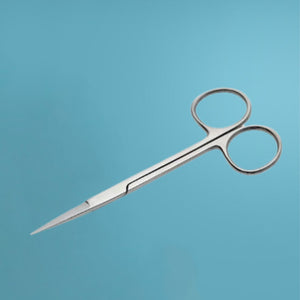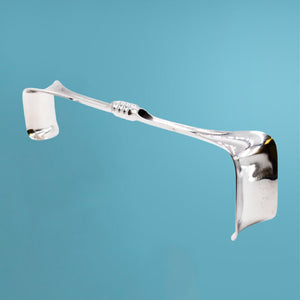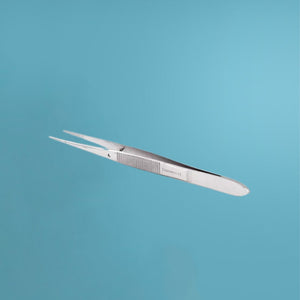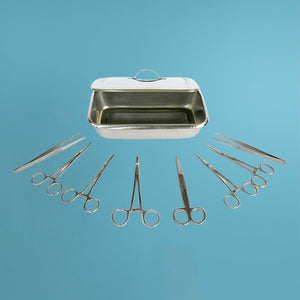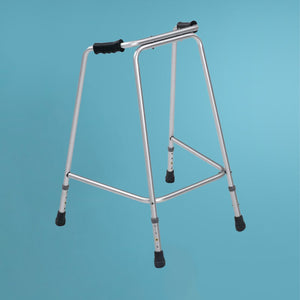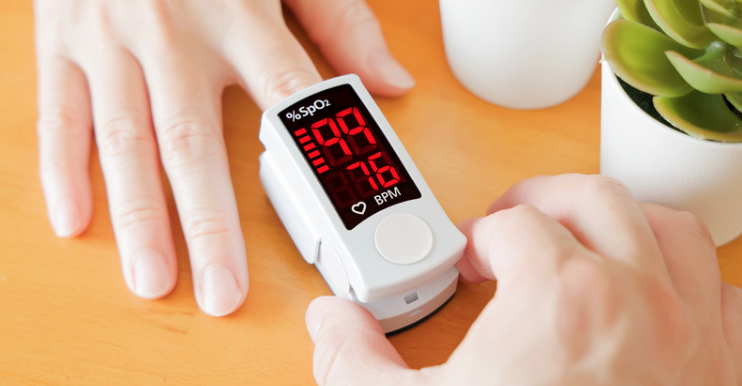Since the outbreak of the Covid-19 pandemic the pulse oximeter has become an absolute essential item in our home first-aid kits. An oximeter is a great tool that helps identify serious illness at an early stage and can be used very easily at home.
But how exactly do you use it and what do the readings really mean?
What is a Pulse Oximeter?
A pulse oximeter is a small, battery operated device designed to give you a reading of your blood oxygen levels and heart rate in just a few seconds. You simply place your finger inside the device (or in some cases on your ear lobe) and, like a digital thermometer, it will display your numbers in real time.
What does is measure?
An oximeter measures the oxygen saturation in your blood, and since oxygen is the most critical element for the normal functioning of our organ cells, maintaining & monitoring the right levels is incredibly important.
When our oxygen saturation levels drop, the heart, kidney, and brain are the most affected organs and can result in symptoms like coughing, wheezing, confusion, rapid heartbeat and chest pain. A low reading is a good indication that the patient should be treated immediately by a doctor.
How to Use your Pulse Oximeter
- Make sure you’ve read the manufacturer's instructions well before use.
- Attach the oximeter to your index, middle or ring finger and make sure it fits well (not too loose, not too tight). Be sure to remove any nail polish beforehand as it can affect the reading.
- The oximeter can also be attached to the ear lobe in some circumstances, where it uses beams of light to measure the oxygen levels in the blood.
- Sit down and relax before taking the reading
- To get the most accurate reading, allow 20 - 60 seconds for your pulse rate to stabilise and for the oximeter to detect your pulse.
- Remove the oximeter and calmly read the measurements on the digital display.
How to Read the Measurements
Your Pulse Oximeter will read and display two main measurements: oxygen saturation and pulse rate.
Oxygen Saturation - this is the amount of oxygen in your blood. You will see this reading as either SpO2 or a % on your monitor’s display.
Between 96%- 99% - this is considered healthy and no action needs to be taken. If the patient remains unwell, regularly monitor their blood oxygen levels and record the measurements.
91% - 95% - this could be a cause for concern and you are advised to seek medical advice.
Less than 91% - seek urgent medical attention by dialling 999. The patient could be suffering from hypoxia, and is in a serious medical situation.
Pulse Rate - this is your heart rate. It will often be displayed on your monitor as PR or PRmin or PR/BPM etc or can sometimes have a heart shaped icon beside it.
The reading for pulse rate normally ranges between 60- 75 BPM for adults and up to 115 for children.
Some pulse oximeters will also display pulse strength or perfusion index, which simply helps you to recognise if your pulse is strong enough to give an accurate reading.
Finally
We often advise people to add a pulse oximeter to their at-home first-aid kits - in fact we wrote about it in a previous blog about first-aid kit essentials.
Understanding blood oxygen saturation levels is very important when using a pulse oximeter at home. Crucially if you record a measurement of 95% or less you should seek medical advice, and if the recording is 90% or less you must treat the situation as an emergency.
Need more help? We're always here to help so get in touch today.
For all your Medical and Homecare supplies give us a call at Mediworld.
We have over 40 years experience in medical, surgical, mobility and home health supplies and we're always on hand to chat if you need support or advice and don't forget to read our other great health blogs!
November 2022

